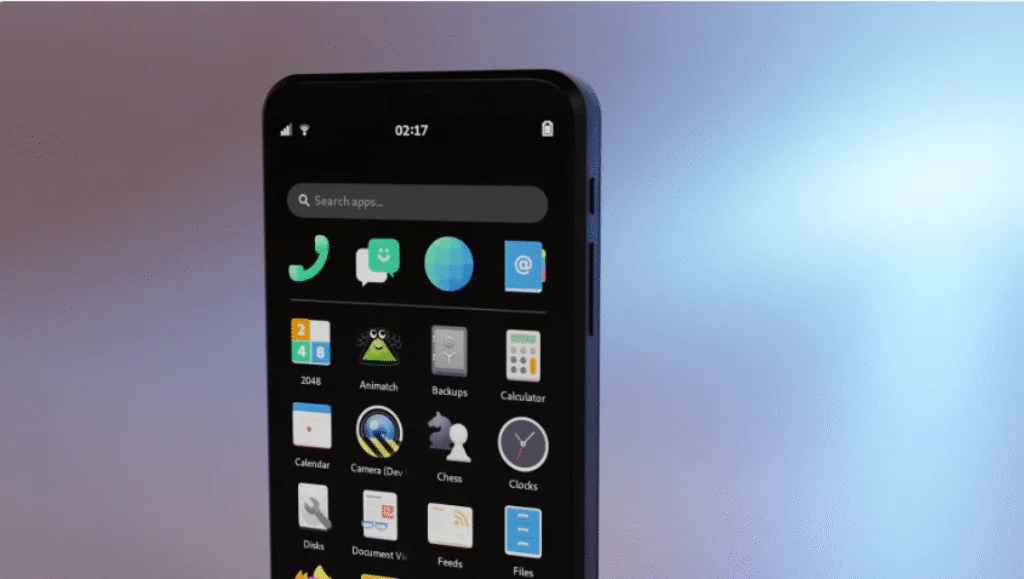
In today’s digitally connected world, knowing how to choose the best privacy smartphones in 2025 is more important than ever. While leading brands like Apple and Samsung deliver strong security features, the best privacy smartphones in 2025 often come from specialised manufacturers that put user privacy at the forefront. These next-generation devices are built to protect sensitive data, safeguard personal communications, and resist sophisticated cyber threats, making them essential for anyone who values digital freedom in an era of increasing surveillance and online risks.
The market for secure smartphones in 2025 offers advanced protections that go far beyond standard security measures. When evaluating options beyond mainstream flagships, prioritise phones with hardware-level encryption, tamper-resistant designs, and secure boot processes to block unauthorised software.
Seek out models running privacy operating systems such as GrapheneOS or de-Googled Android, which give you greater control over permissions, app tracking, and system updates. By focusing on these advanced privacy safeguards, you can confidently select a device that not only ranks among the best privacy smartphones in 2025 but also empowers you to maintain maximum security and control over your digital life.
In this guide to the best privacy smartphones 2025, we explore how our smartphones have become gateways to both opportunity and vulnerability, making the quest for privacy more crucial than ever.
As 2025 unfolds, the conversation around secure mobile devices is evolving beyond the familiar giants of Apple and Samsung. For those seeking to safeguard their digital lives without compromising on innovation, the landscape offers a rich tapestry of privacy smartphones that blend cutting‑edge features with a commitment to user confidentiality. This article explores how to navigate this expanding world, highlighting what to look for when choosing the best privacy‑centric devices that prioritise your data security—and why thinking beyond the usual tech titans might be the smartest move you make this year.
Why Privacy Matters in 2025
In an era where data breaches and intrusive tracking are commonplace, privacy smartphones empower users to take back control over their information. As governments and corporations harvest data for analysis and advertising, devices that prioritise end-to-end encryption and secure hardware become essential. Choosing a privacy-first phone in 2025 not only protects your communications but also signals to manufacturers that users value digital rights.
Key Features of Privacy Smartphones
When evaluating the best privacy smartphones 2025, look for features that safeguard your data:
- Open-source operating system: Operating systems like GrapheneOS and CalyxOS offer transparency and control. They receive timely security updates and are built with privacy in mind.
- Hardware kill switches: Dedicated switches to disable microphones, cameras, and radios prevent unauthorised access. Models from Purism or Fairphone include these safety features.
- Secure chipsets and encrypted storage: Devices with hardware-based encryption protect your files at rest. Look for phones with dedicated security chips that isolate sensitive data.
- Long software support: Extended update policies ensure your phone remains secure long after purchase. Google’s Pixel series with GrapheneOS, for example, receives security patches for several years.
- Privacy-respecting apps and services: A curated app store without trackers and bloatware helps maintain confidentiality.
Top Alternatives Beyond Apple & Samsung
Several manufacturers offer compelling privacy-centric smartphones that challenge the dominance of the big two:

- Purism Librem 5 – A Linux-based phone with hardware kill switches and PureOS. It’s designed to give users complete control over the software stack and receives frequent security updates.
- Fairphone 5 (with /e/OS) – Known for its ethical production, the Fairphone can run /e/OS, a de-Googled Android fork that minimises tracking and includes privacy tools.
- Bittium Tough Mobile 2C – Built for professionals who handle sensitive information, the Tough Mobile 2C offers dual secure operating systems and encrypted communications.
- Pine64 PinePhone Pro – An open-source device aimed at developers and enthusiasts. It supports multiple Linux mobile operating systems and allows full customisation.
- Silent Circle Blackphone PRIVY 2.0 – Focused on enterprise security, this phone provides secure voice, text, and file sharing with strict encryption protocols.
Accessories to Enhance Your Smartphone Experience
Privacy doesn’t mean you have to sacrifice functionality. Accessories can improve your day-to-day use without compromising security. For example, a smartphone gimbal allows you to capture smooth video footage while keeping your hands free to interact with secure apps. The Hohem iSteady M7 gimbal is a versatile option compatible with most devices — check it out here for our recommended choice.
Learn More: Satellite Phone Guide
If you’re interested in staying connected off-grid, our guide on how to activate your satellite phone in remote locations walks you through the process. Pairing a privacy smartphone with a satellite device ensures you can communicate securely, even where traditional networks can’t reach.
By prioritising these features and exploring innovative devices, you’ll find the best privacy smartphones 2025 that fit your needs — and you’ll be better prepared to protect your digital life in the years ahead.






